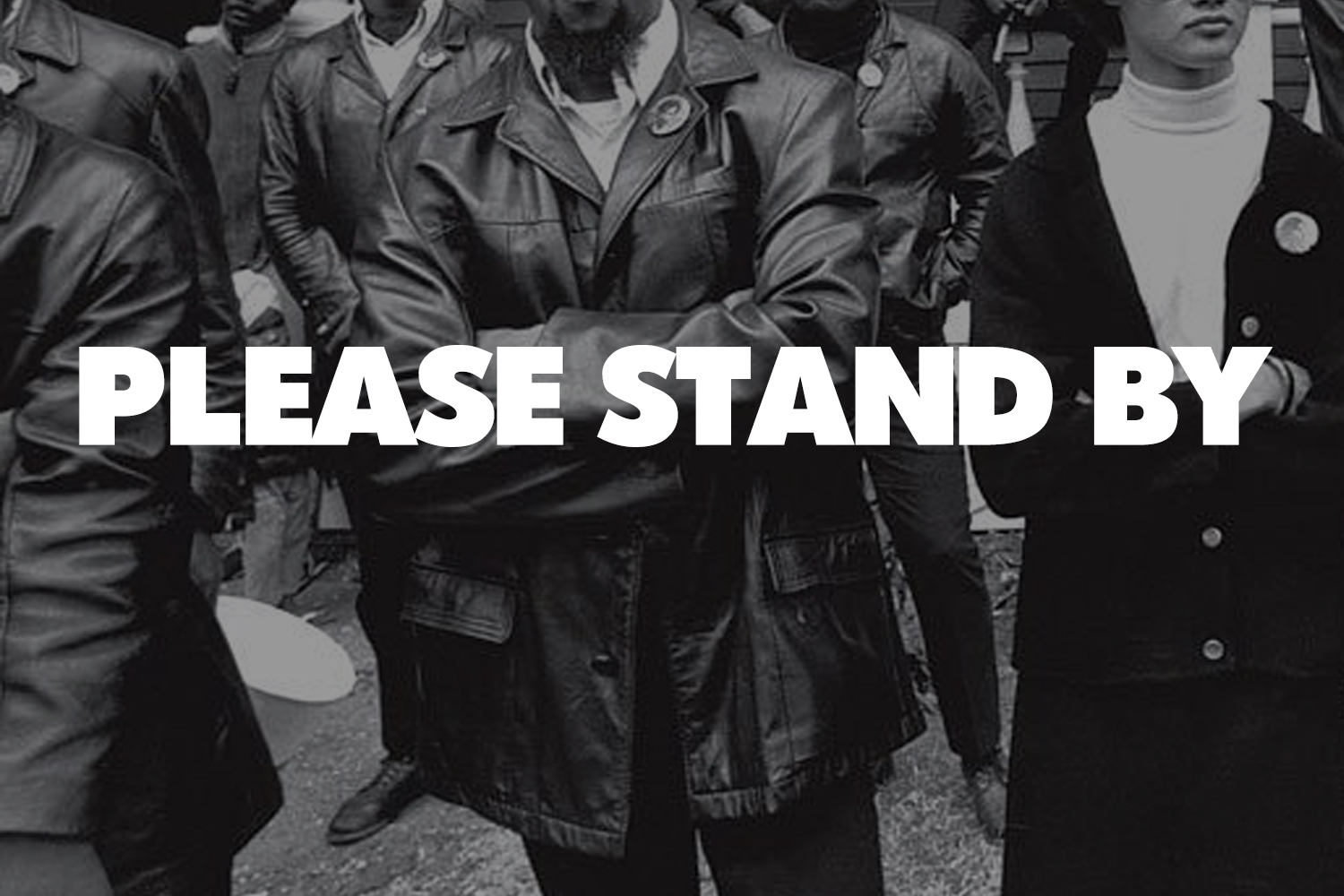If you’re watching the Golden Globes, the SAG Awards, the Oscars, or other award shows this season, you may notice how so many of the celebrities walk onto the stage and announce the contestants with such good posture. For...

If you’re watching the Golden Globes, the SAG Awards, the Oscars, or other award shows this season, you may notice how so many of the celebrities walk onto the stage and announce the contestants with such good posture. For most people, that poised walk doesn’t come naturally. Working with actors frequently, I teach them the importance of this upright stance and how to achieve it with ease instead of stiffness.
Whether actors or not, we all have occasions when we want to present our best, confident selves. For an actor, it is stepping onto the stage. For everybody else, it may be walking into a party or into that important job interview.
So, how can you have such a powerful and upright stance? How does an actor pull it off? What is the actor’s secret?
First, let’s look at what NOT to do.
The typical response to “stand up straight” is:
Lift up the front of your chestPull your chin up as you pull the back of your head down a littlePull your shoulder blades together.Try it. Feels familiar, right? And how long do you stay in this held-up “straight” position? It’s probably not more than a few minutes before you’re back down to a slump or leaning on one leg. It feels like too much effort to stand up this way.
When we look closely, we see that these three steps have the opposite effect of standing straighter and taller.
Let’s break it down and look at what you actually did:
Lifting up the front of your chest looks good in front, but what happens in your back? The lifting is usually done by pulling down or compressing the muscles in your back. From my observations, lifting up the front of your chest actually shortens your spine instead of lengthening it.Pulling the back of your head down by lifting your chin up has a similar effect. The weight of your head (around ten pounds) is actually going down in the back, compressing your spine even more, and actually positioning you less in the upright direction.Pulling your shoulder blades together narrows and compresses your spine even more and thereby prevents it from lengthening.Pulling your whole upper body in this manner often causes you to pull yourself off the balance of your feet and therefore lose your grounding and support. Pulling your chest up, head back, and shoulders in takes a lot of work and does not give the sustainable results you are looking for.
Next time you want to “stand up straight” you may want to try this different response:
Allow your whole head, both front and back to lift a tiny bit upward. You may notice that you feel a small amount of expansion in that moment, or you may feel a sense of lightness.Allow your whole torso, front and back and including your spine, to lengthen and widen just a tiny bit. You may notice that now you are able to take a larger, spontaneous breath. Remember to allow it naturally and not force or manipulate the process.Allow the front and back of your shoulders to widen out of your back out to the sides, instead of compressing inward.Pay attention to your feet on the ground, and feel the comfort of your whole body supported, and aiming upward, from the ground.When you stand in this way, you can feel your full stature. Your full stature is you as full and expanded as you can be. This is not a rigid or puffed-up stance, but your body will feel slightly expanded and toned. Full stature often includes a feeling of self-confidence because you are aware and engaging your whole sense of self.
And the Oscar goes to…
Read the original blog post on the Huffington Post Healthy Living section.













